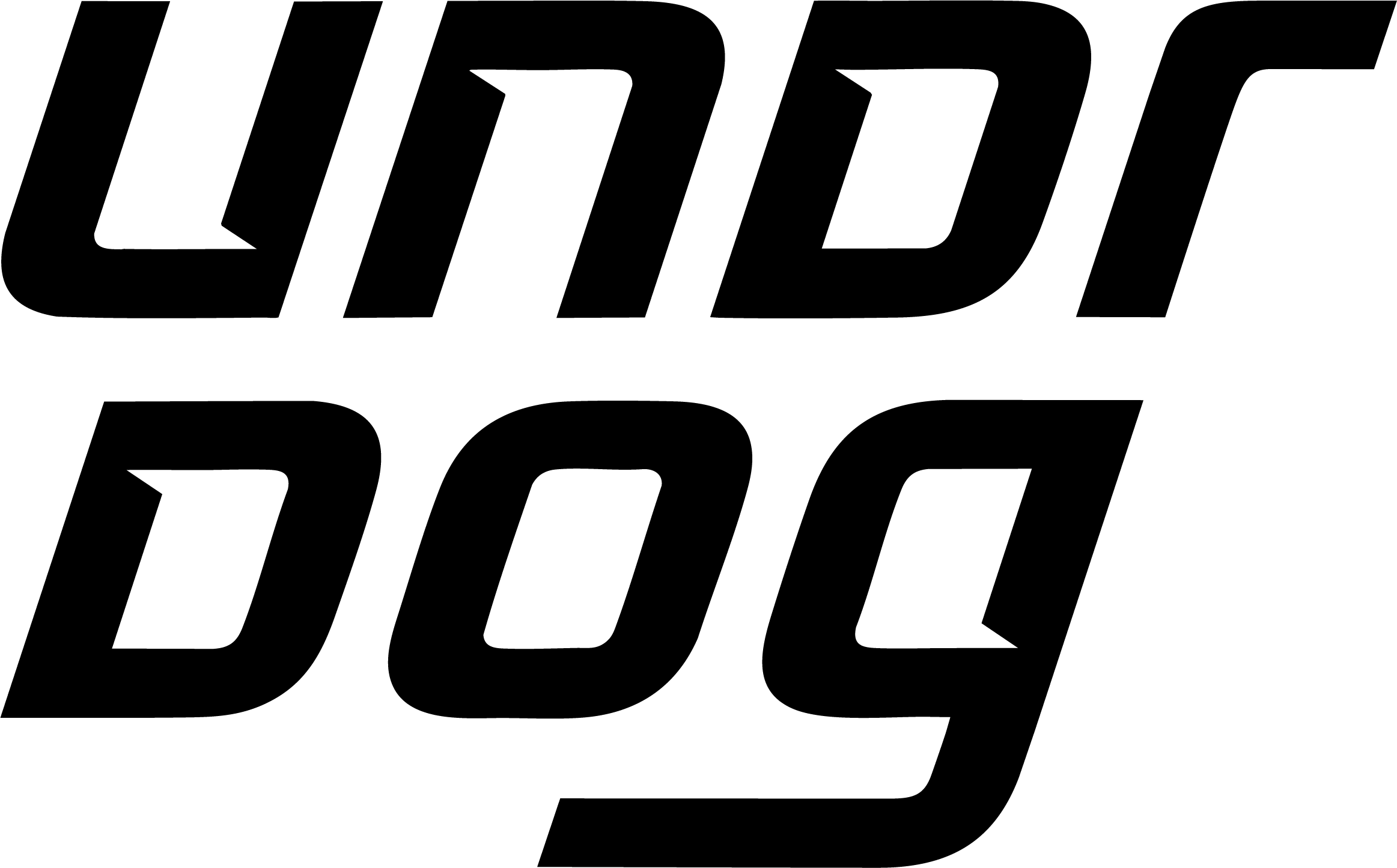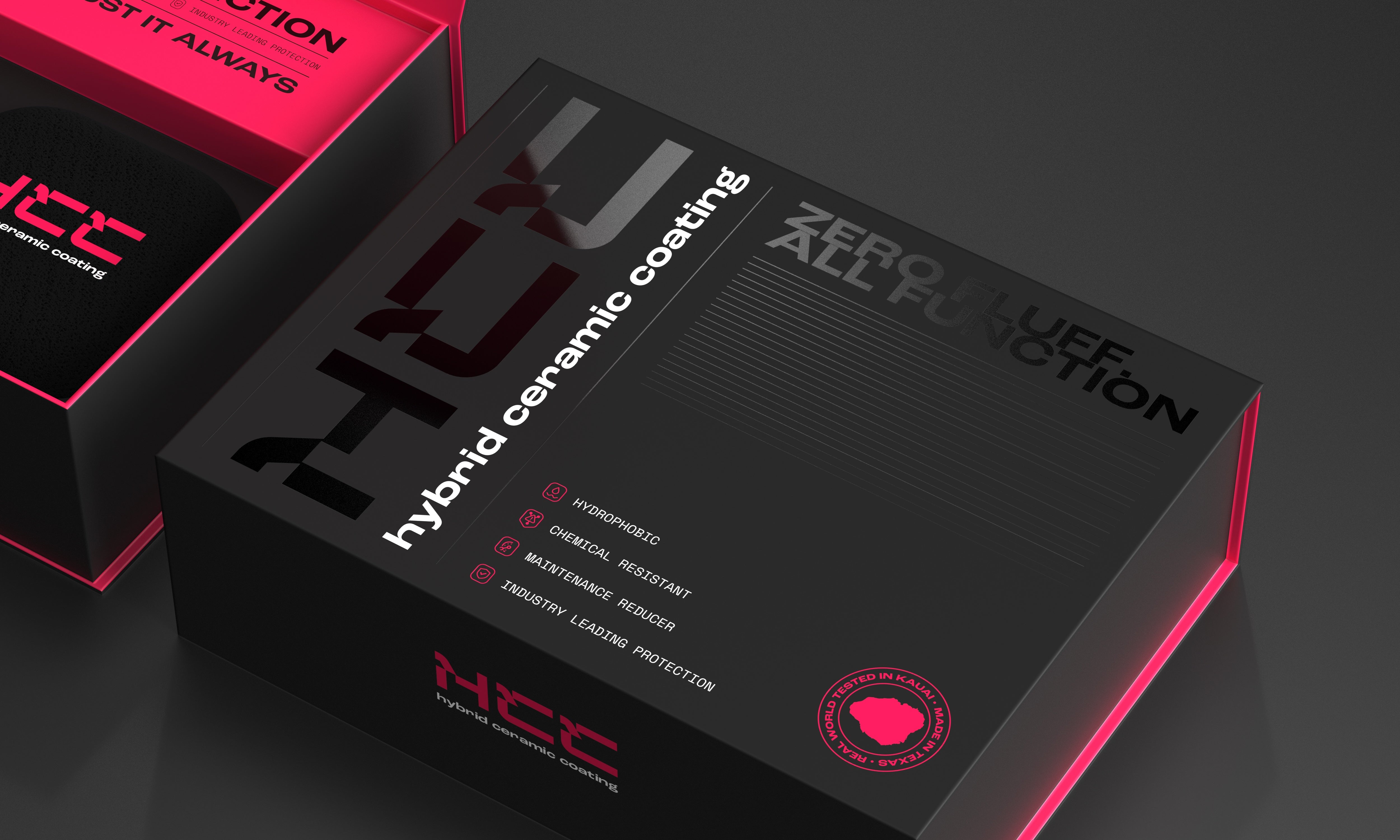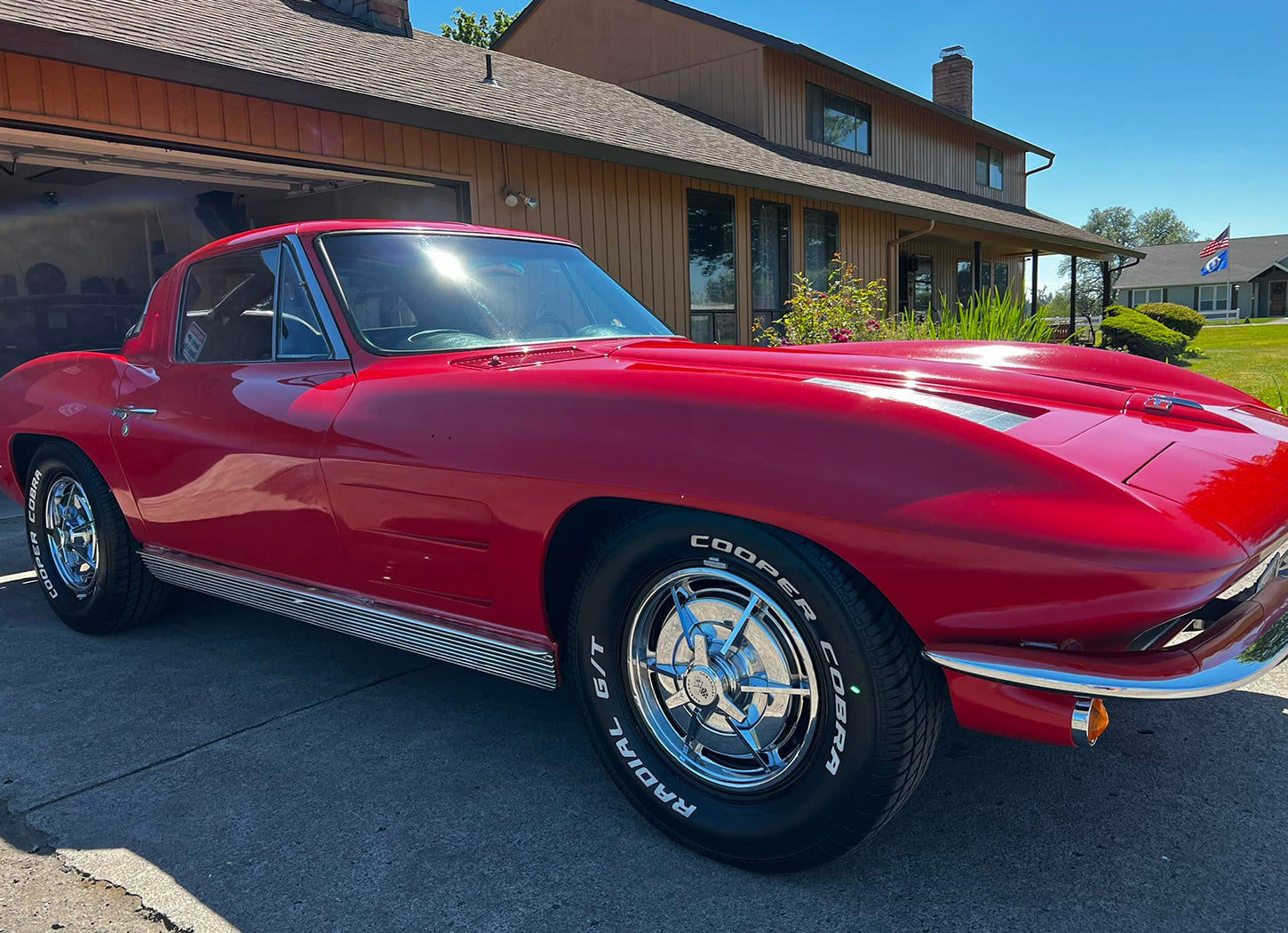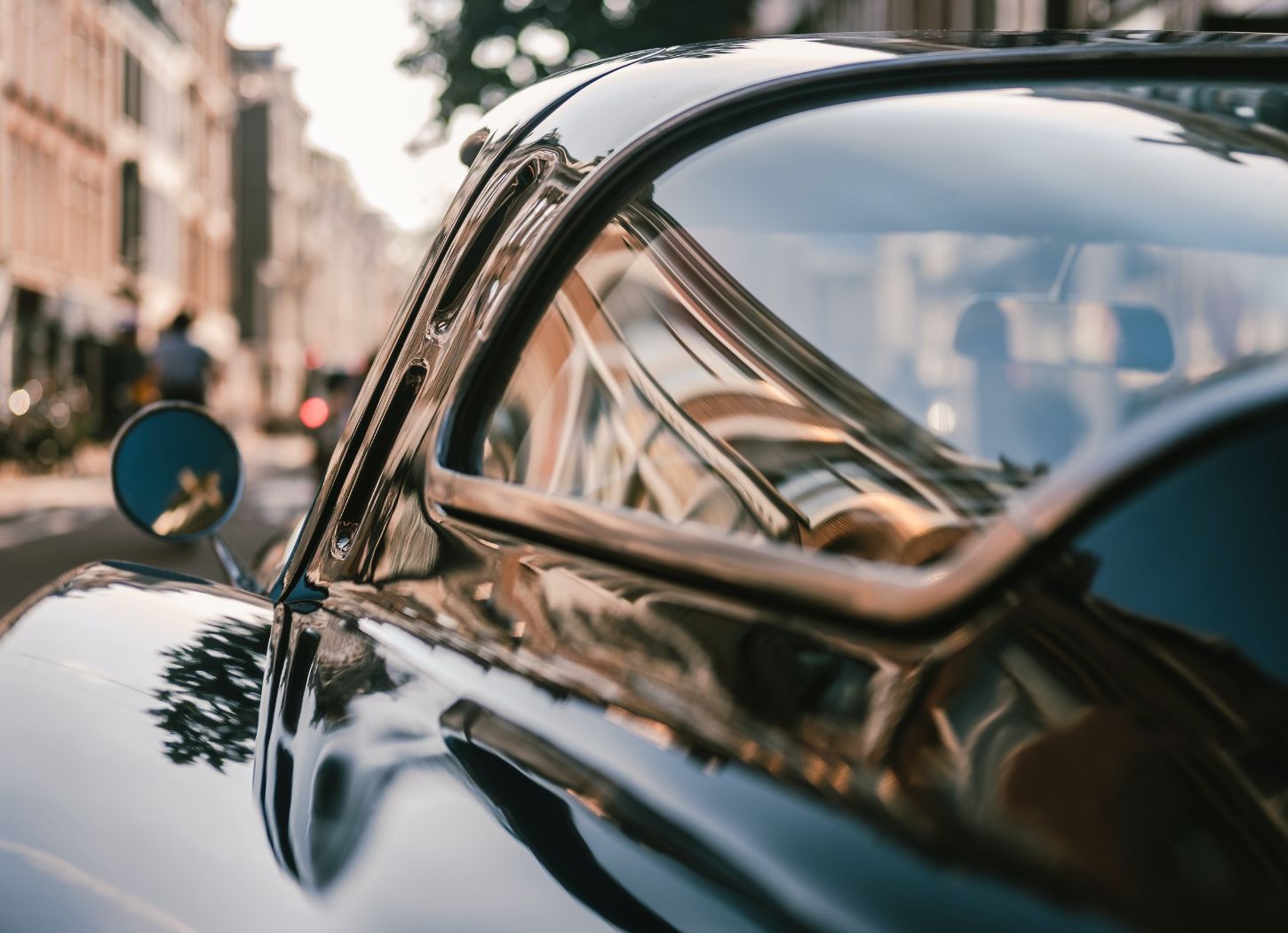Many people believe that installing a protective coating on their vehicle is enough to keep it looking its best and prevent any potential damage.
If you’re one of them - think again.
To get the most bang for your buck and enjoy optimal results, you need to maintain your coating to the best of your abilities.
Luckily, maintaining a protective coating isn’t a daunting task.
In this article, we’ll walk you through everything you need to know about proper car wash and coating aftercare.
What Happens When You Neglect Your Coating
If you’ve invested in paint protection, it’s clear that you want to take good care of your vehicle.
And yes, protective coatings help reduce contamination and make maintenance easier. But that doesn’t mean neglecting your coated ride is a good idea.
Don’t underestimate the difference proper maintenance can make.
Allowing things like road grime and salt, dirt, dust, and tree sap to build up on the surface of your car can affect the coating’s performance a great deal. The same goes for using car maintenance products like soap and detail spray that are not compatible with the coating’s chemical makeup.
Neglected coatings, often referred to as “clogged”, appear as if they have failed. The gloss they initially provided starts significantly decreasing and the hydrophobic behavior starts lacking, particularly in areas that are most exposed to contamination like the hood and lower panels.
If you’re experiencing these symptoms with your coating - don’t worry. The coating is most likely still there. It’s just in dire need of a little TLC to bring it back to life.
Post Installation & Curing

The first thing you should do after coating installation is to check the vehicle for high spots, streaks, cloudy reflections, and hazing.
All of these issues are a result of poor leveling. If you catch them early, they can be removed by buffing with a microfiber towel. In case that doesn’t work, denatured alcohol and a little elbow grease will probably do the trick. When you wipe off the imperfections, simply reapply the coating to the affected area. Alternatively, you can try adding a small layer of the coating on top. Then buff off with a microfiber towel to level out. However, if you don’t notice high spots in time, after it’s been more than a couple of hours, you might need to lightly polish the area with a soft pad and then recoat.
Tip: Noticing blemishes early is key to achieving optimal results. If you struggle with seeing them, consider investing in a lighting diffuser.
The first 24 hours after coating your vehicle are critical for the product to cure properly. During this period, it’s important to keep the car from being exposed to rain, contamination, and chemicals - including car soap.
The best way to protect your ride during the curing process is by keeping it in the garage. Nevertheless, if you’re in a rush and really need to drive somewhere, you can - 4 hours of cure time will do. It’s most likely that the coating won’t get damaged, but that depends on the environmental conditions like humidity and temperature, as well as how thick you applied the product.
Note: Most “ceramic” coatings take 1-3 weeks to cure completely. Undrdog Pro is different because it has a unique chemical makeup. This cuts down the cure time significantly and makes it more resistant to water spots - but more on that later.
If you don’t have a garage or a spot to shelter your car, just make sure you don’t park it under trees, especially when they’re shedding. This will allow tree sap, pollen, and bird droppings to contaminate the freshly coated surface.
And in case your car does get rained on, don’t worry - it’s not the end of the world. Dry it with soft microfiber towels as soon as it stops raining. Be conscious of damage - 95% of the time it won’t occur, but in the event it does, you can apply another layer.
Washing Your Vehicle

It’s a common misconception that coated vehicles don’t need regular washes. But that's just not the case.
Sticking to a regular cleaning schedule will enhance both the appearance and performance of your protective coating by keeping the dirt and grime at bay.
The first proper wash your coated car should receive should happen 7 days after the installation. Before that, it’s okay to gently rinse with a hose.
However bear in mind that improper washing, without the right methods, products & techniques, won’t get you that ultra-clean look you’re after. Plus, you risk damaging the protective layer on your car!
Not all washing methods and products are created equal.
Some of the most common car wash mistakes beginners make include:
- Using contact drive-through car washes
- Washing in direct sunlight on a hot day
- Cleaning the wheels and tires last
- Using the wrong chemicals & washing tools
- Using the same towel for different applications
- Allowing the vehicle to air dry or drying with old rags
If you’re making any of these - keep reading! We’ll cover the different car washing methods, tools you will need, and techniques to employ to achieve optimal results.
Car Washing Methods
Contact Car Wash

Automated car washes are widely available, affordable, quick, and simple to use. They’ve been around for a long time, and most of us have used them at some point in our lives.
Nowadays, traditional drive-through car washes have a bad reputation - and for good reason.
They employ abrasive brushes that essentially do more harm than good. Particularly stiff bristles, especially if not properly maintained, cause micro scratches on your vehicle’s surface. On top of that, contact drive-through washes generally use cheap cleaning agents that contain harsh chemicals which too erode your car’s surface.
Soft touch car washes are an improvement compared to traditional ones. These facilities employ strips of fabric that dangle down from an oscillating mount, removing the dirt and grime as your vehicle moves through. Still, the risk of getting swirl marks is fairly high. The cloths used are often improperly cleaned and hold onto contaminants from previous washes which can then scratch your vehicle.
Touchless Car Wash

So, contact drive-through washes are a bad idea if you want to keep your protective coating intact. Still, there’s no denying the convenience they offer. Most of us have very busy lives and don’t have the time, energy, or desire to bucket wash our cars.
Luckily, we get to enjoy the wonderful perks of technology.
One of them are touchless drive-through car washes - a great alternative to contact drive-thrus for an occasional quick clean.
These facilities are also fully automated but use no applicators when cleaning. Instead, they employ high-pressure hoses to both soap up and rinse, using sensors along the tunnel to detect the vehicle’s shape. To make up for the lack of contact, touchless carwashes utilize stronger chemicals to achieve satisfying results.
The most obvious benefit of a touchless wash is the reduced risk of fine scratches caused by applicators. Plus, a high-pressure wash can help clean off the mud and debris collecting on your undercarriage.
Yet, because modern cars come in a great variety of shapes and sizes, the hoses can’t reach every nook and cranny. This means that after using a touchless car wash, your car will generally be clean, but you’ll notice parts that require cleaning by hand afterward.
On top of that, touchless car washes employ soap with the highest PH balance. So using them frequently wears down the coating and causes damage. Plus, automatic drying doesn’t always perform well and might lead to the occurrence of water spots.
Bucket Washing by Hand

Hand washing is the ultimate way to clean your vehicle. It allows you to be thorough and gentle, ensuring that every hard-to-reach spot is cleaned and that the coating preserves its integrity and longevity.
If you want only the best for your ride, you’re going to have to get wet.
Automated car washes are cheap, but hand washing is cheaper. You might argue that supplies and water cost just as much. But in reality, you only need a couple of buckets of water for a wash, and the car soap you buy will last you for months. Plus, you get to inspect your ride in detail and uncover small defects you can fix right then and there, potentially saving lots of money in the long run.
Additionally, the act of cleaning your car can help bump up the production of endorphins, the feel-good neurotransmitters in the brain. You’ll be outside, enjoying the fresh air, instead of binge-watching your favorite TV series all weekend long. Plus, at-home car washing is a great teaching opportunity and a fun activity for the kids!
Benefits of Hand Washing
- most thorough cleaning
- paint damage prevention
- timely maintenance checks
- reduction in recurring expenses
- improved health and wellness
Note: If bucket washing just isn’t for you, opt for a touchless drive-through. You can also use a contact drive-through, just expect a reduction in the coating’s longevity.
Wash Tools You Will Need
Buckets & Hoses
When choosing buckets for at-home car washing, consider the design and capacity.
In terms of design, look for removable grit guards, tray attachments, and lids. And don’t use a mop bucket unless you are okay with the risk of marring your vehicle. As for capacity, we suggest going with three 5-gallon or 3-gallon buckets. This way you will have separate buckets for washing wheels & the body, as well as a clean, rinsing bucket.
There is a wide variety of hoses and different hose attachments on the market today. Two general categories are commercial & consumer-grade (garden) hoses.
Garden hoses are usually made of vinyl which makes them flexible, but also prone to kinking and leaking. For detailers, a commercial hose is a better solution. However, for an enthusiast looking to hand wash their car, a garden hose with a nozzle will suffice.
Microfiber Towels

Microfiber towels are super versatile and practical. They’re great for both washing & drying and can be hand or machine-washed at a cool temperature.
Investing in high-quality towels and caring for them will save you time and money in the long run as poor-quality ones break down after just a few washes.
Tip: When washing your microfiber cloths, stay away from powdered detergents and fabric softeners as these products leave residue on microfiber fabric.
Alternatively, you can use chamois leather, cotton, or terry cloths for drying.
Brushes, Sponges & Mitts

We don’t advise you to use cleaning brushes on your car’s body as they can scratch the surface, but you will need one for the wheels. Wheel brushes are designed for maneuvering in tight spaces where other applicators have a hard time reaching.
As for your other washing tools, you can choose between sponges and wash mitts. Whatever your preference is, get high-quality products that won’t scratch the paint. We suggest going for super soft microfiber or traditional wool wash mitts.
Car Soap & Wheel Cleaner

First things first - don’t even consider using household cleaners like hand or dish soap on your car. These chemical agents aren’t formulated for use on automotive paint. Most contain degreasers that cause surface damage and premature paint fading. To prevent this from happening, you need to get a dedicated car soap.
There is an abundance of car wash soaps on the market, but they’re not all created equal. For optimal results, invest a little time and energy to select the right soap for your vehicle.
Most available car soaps are mildly alkaline (ph 7.1-8) which helps in breaking down dirt, dust, and tar. But if the product is too alkaline or too acidic, it can easily damage protective coatings, rubber seals, plastic, and metal trims.
To reduce the risk of damaging your ride, we recommend using a ph-balanced car soap that produces heavy foam and provides good lubrication - like Undrdog Soap.
Developed by car enthusiasts, Undrdog Soap is different from any other car wash. Its unique formula is designed to give you the smooth wash finish of shampoo, and the slickness of a conditioner. Plus, it’s compatible with all the different types of coatings and helps maintain their durability.
Wheels are the hardest parts of a vehicle to clean and maintain because of the contact with so many contaminants on daily basis. Having a dedicated wheel cleaner will make the job a lot easier. These products are designed to effectively remove brake dust, road film, grime, mud, tar, and other kinds of debris from wheels.
We recommend using The Purps, our acid-based iron and fallout remover. Its active ingredients effectively dissolve embedded contaminants from metal surfaces. The Purps is safe for most types of wheels, but be careful with chrome - it can cause damage & discoloration. To be on the safe side, we suggest always conducting a small surface test first.
Washing Technique
Hand washing your car seems pretty straightforward, right?
Well, yeah. It’s pretty easy, and with the right supplies, takes less than an hour. However, there are things to watch out for so you don’t accidentally damage the coating and cause swirls & scratches.
In this section, we’ll walk you through prep, pre-wash, washing, rinsing, and drying. Follow these steps to get a squeaky clean ride every time.
Prep
The first step is preparing yourself and everything you will need so it’s within reach while you wash.
Put on clothes you don’t mind getting wet and throw on non-slip shoes. Then, gather your supplies and place them near the vehicle. You’ll need 3 buckets, a hose, sponges or wash mitts, microfiber towels, car soap, and a wheel brush.
Read the dilution instructions on the bottle of your car soap and fill up two buckets with soapy water. These are your washing buckets - one for the body of your car, and one for the wheels. Lastly, fill the third bucket with clean water for rinsing.
Pre-wash
Pre-washing allows you to remove loose dirt and contaminants from the paintwork before you begin washing. If you don’t do this, the debris will get caught in your mitt later on, causing swirls & marring.
Use a hose (or even better, a pressure washer with a foam cannon) and start from the top, working your way downward. Pay close attention to tight spots that may trap dirt: panel gaps, girls, window rubbers, fuel filler caps, wheel arches, door shuts, etc.
Washing
Wheels & Tires
The first part of your car you want to wash is the dirtiest one.
Dip the wheel brush into a bucket of soapy water and agitate. Don’t scratch, and ensure the chemical you’re using is safe for your rims. When you’re done with the first wheel, rinse thoroughly before you move on to the next one.
Remember: separate the bucket of soapy water you’ll use for wheels from the one meant for the body of your car.
Two-bucket Wash
Now it’s time to tackle the rest of your car.
Wash the car section by section, starting at the top. Saturate the sponge or mitt in the car shampoo solution and sweep backward and forward gently. Never increase the pressure - stubborn marks may just need extra time.
When you're ready to reload your sponge or mitt with soapy water, rinse it thoroughly in the clean water first. When it starts getting opaque or gritty, dump it out and fill it with fresh water.
Tip: Consider getting a grit guard. This piece of plastic sits at the bottom of your wash bucket and captures particles & contaminants, leaving clean water at the top.

Continue working around the car until every panel is washed, saving the lower parts of the doors, the boot lid, and the rear bumper for the end. If you’re washing your car on a hot, sunny day, make sure you rinse every panel thoroughly as you wash it so the soap doesn’t dry on the surface.
Rinsing
Once you’ve cleaned the whole thing, give it a final rinse. As with the previous two steps, work from top to bottom - and don’t forget the wheel wells.
Use a hose or a pressure washer set to give a steady stream of water. This will allow the water to sheet off your panels, making the drying process easier and quicker.
Then, check your car again for any missed spots. If you need to, use your soapy mitt or sponge to go over any area again and rinse well when you’re done.
Drying
Finally, it’s down to drying.
To prevent the occurrence of water spots, never let your car air dry. Use fresh microfiber towels or terry cloth that won’t scratch the paint.
Work all panels top to bottom, patting the surface dry instead of dragging the towel over the paint. Check all the crevices to make sure there is no water left, and you’re done!
If you want to speed up the drying process, use Quick Detail spray as a drying aid. Spray it onto a panel or a microfiber towel and dry as you normally would. It will produce a smoother feel while drying and a glossier finish when you’re done. You can also resort to a car dryer or a squeegee but that’s not something we recommend. Both of these can damage or weaken the paint. Nevertheless, if you’re in a pinch with time or just impatient, you can give them a go at your own risk.
Aftercare
Removing Surface Contamination

Leaving bird droppings, tar, traffic film, tree sap, etc. on your coated car is a bad idea. These contaminants should be removed as soon as possible to avoid damage to the protective layer.
Thankfully, having a coating installed means that removing surface contamination is going to be a simpler and quicker process.
If the fallout hasn’t been baking on your car for a longer period of time, a thorough but gentle wash with Undrdog Soap will do the trick. However, in case you’ve been neglecting your car washing schedule for a while, you might need to perform paint decontamination.
The easiest way to decontaminate your paint is by using an Iron & Fallout Remover like The Purps. To learn more about paint decontamination, check out this article that tackles it in detail.
Tip: If you had the coating installed by a professional detailer, it’s a good idea to take your vehicle in for a checkup twice a year. Your detailer will inspect every panel to detect areas that aren’t performing properly and restore the coating.
Removing Water Spots

Everyone loves seeing water beading on their freshly coated ride.
Yet, the hydrophobicity of “ceramic” coatings is exactly what leads to spots if you don’t wipe the water off before it dries. Undrdog Pro is different - its unique formula provides the same if not better hydrophobics while being less susceptible to water spotting.
Nevertheless, no coating can ensure you never get water spots again, especially if you live in one of the 80% of US households that have hard water.
When this happens, remember not to use force. Spray Undrdog Water Spot Remover on a soft microfiber towel and wipe the area; then just rinse with water.
For an extra layer of protection, apply some Quick Detail Spray. Just make sure to wipe everything down with a microfiber cloth beforehand.
Interior Cleaning

Coated interiors are fairly easy to keep clean. For the best results, give them a quick clean every two weeks. Vacuum and dust as you normally would, and try to clean any spills on leather, vinyl, or fabric immediately with a damp paper towel.
Note: If you have coated leather seats, don’t treat them with conditioners. They won’t damage the coating but will inhibit its superior properties. If you want some extra shine and luster, you can use Undrdog QD on all interior surfaces, except fabrics.
Detail Spray
A month after coating installation, you can start using a detail spray like Quick Detail on your exterior after maintenance washes.
Quick Detail restores the gloss and hydrophobic properties, adds another layer of protection, and hides any paint imperfections. It will elongate the life of your coating and is a great option for a quick fix when you’re in between major details.
Thanks to superior dirt-dissolving and shine-boosting properties, Quick Detail is an excellent choice for interiors too. It’s safe on all surfaces, super simple to use, and produces instant effects.
In Conclusion
Coatings are the latest and greatest in paint protection technology. They provide a striking aesthetic enhancement along with high levels of chemical and physical resistance.
However, they’re not bulletproof.
Obtaining the expected longevity and durability of your protective coating requires a lot of gentle maintenance.
Fortunately, the recommended maintenance routine and schedule aren’t very demanding. Wash (and dry!) your car every week or two and when the coating starts to look a little worn, decontaminate the paint and top it off with some detail spray.
Pretty straightforward for something that will help you get the most value out of your investment!




1 comment
Leave a comment
This site is protected by hCaptcha and the hCaptcha Privacy Policy and Terms of Service apply.